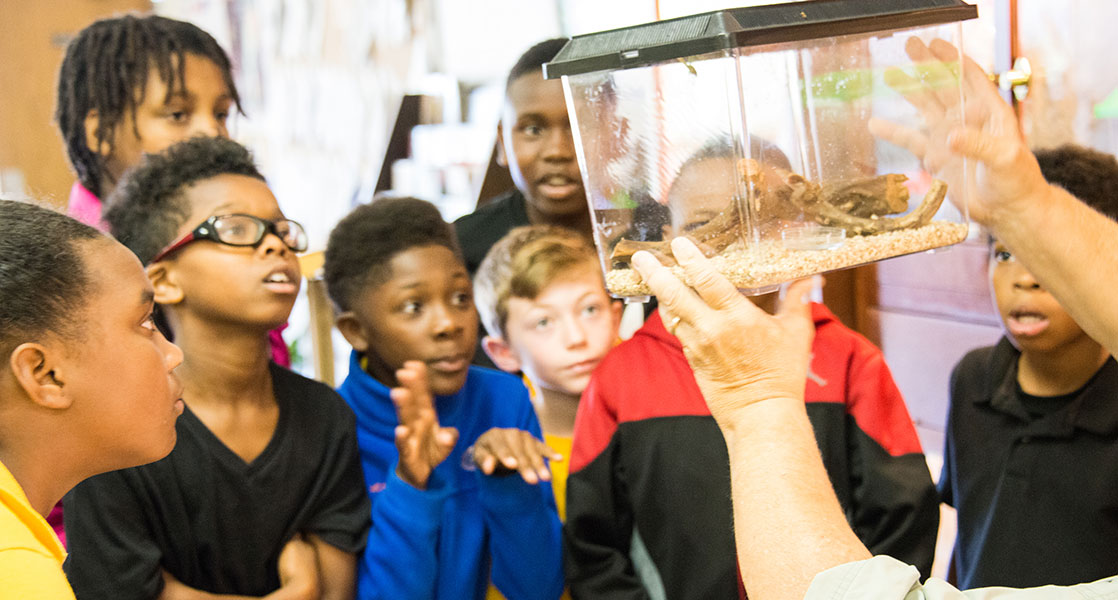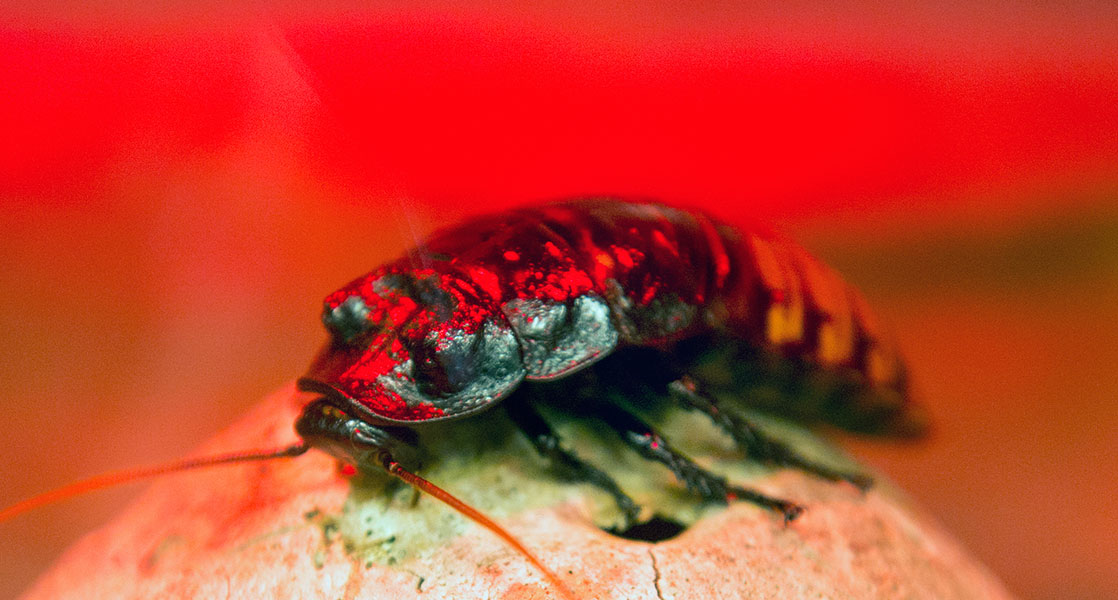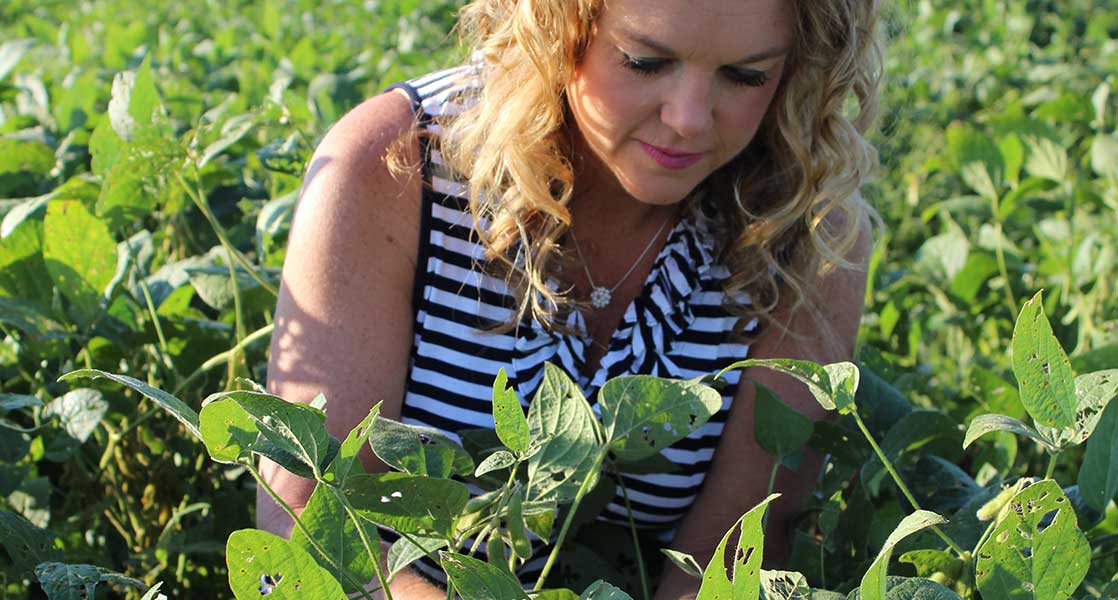Resources
Cotton Insect Losses - 2004
Michael R. Williams
Entomology and Plant Pathology Department
Mississippi State University Extension Service
Mississippi State University, Mississippi
Background
This information was provided by state coordinators and was collected from surveys of county agents, extension specialists, private consultants and research entomologists. All data are averaged over a total reporting unit. For example, if a unit report represents 100 acres had an 8% loss on 25 of those acres, then in the table summary this shows up as a 2% loss. ((.08 x 25)/100). This type of averaging is used for all data reported, including yields and costs of control. Because of averaging and rounding some individual state summary numbers listed as '0' are slightly larger. Costs are averaged to the nearest cent, bales and acres to the nearest whole number, other numbers are rounded to the nearest .001
Abstract
Arthropod pests reduced overall yield by 4.18% in 2004. There were 13.5 million acres of cotton planted in 2004, but only 12.1 million acres harvested. Oklahoma at 10.84% reported the greatest percentage loss to insects in 2004. The bollworm/budworm complex was the top pest of 2004 taking 1.23% of the 2004 crop. Almost 82% of the US crop was infested with the complex of which 94% were bollworms. Lygus at 1.06% also exceeded 1% reduction. Fifty-one percent (51%) of US cotton acres was infested by Lygus. Stink bugs were third at 0.588% and Thrips were fourth at 0.559% reduction and infested 94% of US cotton acres. Cotton fleahoppers reduced yields by 0.192%. Two western species, pink bollworm at 0.170% and silverleaf whitefly (Bemesia sp) at 0.115% were 6th and 7th respectively. No other pest exceeded 0.1% reduction. Spider mites at 0.080% were 8th infesting 3.1million acres. Boll weevils at 0.071% were 9th infesting 1.6 million acres. Aphids (0.056%) were 10th in the pest ranking. Total cost of management and loss to insects to the 2004 crop was $1.118 billion or $81.58 per acre. Of those costs approximately $54 are direct insect management costs.
Key To Tables
Table 1a -- USDA/NASS planted & harvested acres
Table 2 -- At planting insecticide applications
Table 3 -- Cotton insect eradication costs
Table 4 -- Bt cotton costs by state
Table 5 -- Application type and costs
Table 6 -- Cotton insect monitoring costs
Table 7 -- Summary of All States
Table 8 -- Alabama Summary
Table 8a -- North Alabama
Table 8b -- Central Alabama
Table 8c -- South Alabama
Table 9 -- Arizona Summary
Table 9a -- Arizona Bt Varieties
Table 9b -- Arizona nonBt Varieties
Table 10 -- Arkansas Summary
Table 10a -- Northeast Arkansas
Table 10b -- Southeast Arkansas
Table 11 -- California
Table 12 -- Florida
Table 13 -- Georgia Summary
Table; 13a -- Georgia Bt Varieties
Table 13b -- Georgia nonBt Varieties
Table 14 -- Kansas
Table 15; -- Louisiana Summary
Table 15a -- Louisiana: Bt Varieties
Table 15b -- Louisiana: nonBt Varieties
Table 16a -- Mississippi Delta Bt Varieties
Table 16b -- Mississippi Delta nonBt Varieties
Table 16c -- Mississippi Hills Bt Varieties
Table 16d -- Mississippi Hills nonBt Varieties
Table 17 -- Missouri
Table 18 -- New Mexico
Table 19 -- North Carolina Summary
Table 19a -- North Carolina Bt Varieties
Table 19b -- North Carolina nonBt Varieties
Table 20 -- Oklahoma
Table 21 -- South Carolina
Table 22 -- Tennessee Summary
Table 22a -- Tennessee Bt Varieties
Table 22b -- Tennessee nonBt Varieties
Table 23 -- Texas Summary
Table 23a -- Texas, Upper Coastal Bend
Table 23b -- Texas, Lower Coastal Bend
Table 23c -- Texas, Northern Rolling Plains
Table 23d -- Texas, High Plains
Table 23e -- Texas, Far West
Table 23g -- Texas, Southern Rolling Plains
Table 23h -- Texas, Northern Blacklands
Table 23i -- Texas, Southern Blacklands
Table 24 -- Virginia Virginia
Explanation of Tables
The Cotton Insect Losses Estimates are a simple attempt to arrive at the average cost of control of cotton arthropod pests. We attempt to arrive at the most accurate estimate possible for arthropod management activities, but have also added other costs which are incurred in cotton insect pest management. These 'additional' costs increase the bottom line of expenditures for arthropod pest management - but also more accurately reflect true expenditures. We include 'at planting insecticide costs,'(an estimate of the cost of systemic insecticides applied at planting for control of Thrips and other pests of seedling cotton); 'Bt cotton costs,'(an estimate of the technology fee); 'eradication costs'(which include the maintenance fee in those states which have eradicated the weevil and other eradication projects); and 'scouting costs;' in addition to the traditional 'foliar insecticide costs.' Bales lost are also given a dollar value using 480 pound bales at $0.65 per pound. Remember, these are estimates and may not totally reflect an individual farm or area, but they do reflect trends and serve as a general comparison.
State Coordinators
Arkansas --- Dr. Gus Lorenz
Arizona --- Dr. Peter Ellsworth
California --- Dr. Peter Goodell
Florida --- Dr. R. K. Sprenkel
Georgia --- Dr. Phillip Roberts
Kansas --- Dr. Stuart Duncan
Louisiana --- Dr. Ralph Bagwell
Mississippi --- Dr. Angus Catchot
New Mexico --- Dr. Jane Pierce
North Carolina --- Dr. Jack Bacheler
Oklahoma --- Dr. Miles Karner
South Carolina --- Dr. Mitchell Roof
Tennessee --- Dr. Scott Stewart
Texas --- Dr. James Leser
Virginia --- Dr. Ames Herbert
This work is sponsored by the Cotton Foundation and is accomplished only through the diligent effort of the aforementioned coordinators, Dr. Frank Carter, Dr. John Adamczyk and Mr. Gene Burris.



